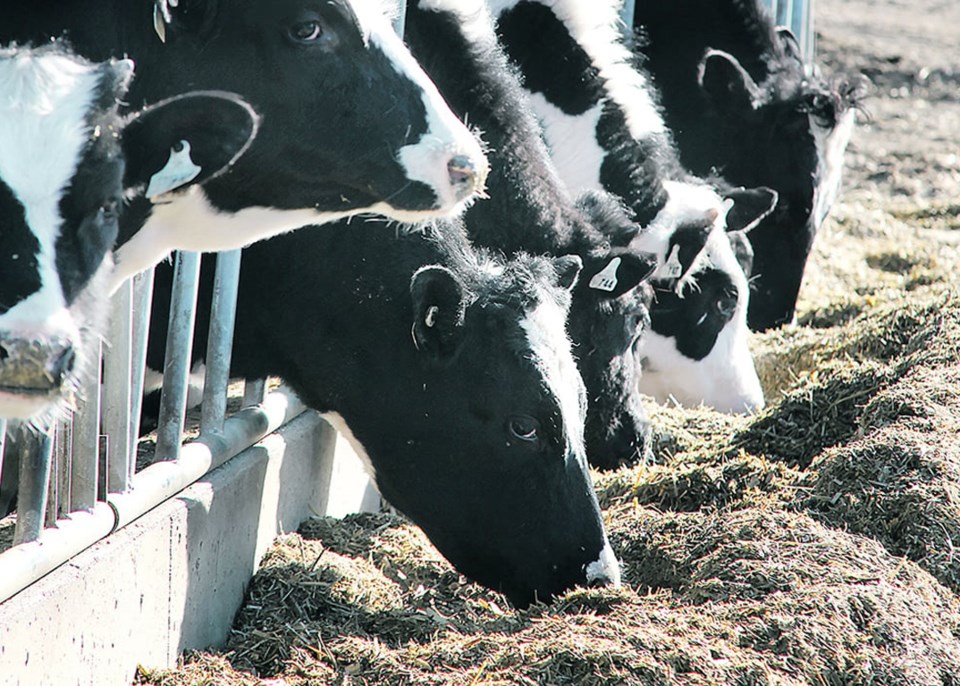The federal government and stakeholders are taking new precautions to help prevent the emergence of highly pathogenic avian influenza in Canadian dairy cattle.
The government recently announced its intention to expand its avian flu surveillance by:
- Requiring negative HPAI test results for lactating dairy cattle being imported from the United States to Canada.
- Conducting enhanced testing of milk at the retail level to look for viral fragments of HPAI.
- Facilitating the voluntary testing of cows that are not presenting clinical signs of HPAI to facilitate enhanced industry biosecurity efforts.
The announcement comes after HPAI fragments were found in U.S. milk April 23. According to the U.S. Food and Drug Administration, a new study revealed that the pasteurization of dairy products inactivates the virus that causes HPAI, even when fragments of the virus remain.
“The Canadian Food Inspection Agency, the Public Health Agency of Canada and Health Canada are monitoring the situation closely and would like to reassure Canadians that commercially sold milk and milk products remain safe to consume,” the CFIA said in a statement.
“If the CFIA becomes aware of any potential food safety or animal health risks, immediate actions will be taken to help protect Canada’s food supply and livestock.
“These measures complement the existing comprehensive and integrated approach to human surveillance of influenza in Canada and will inform and support the range of ongoing preparation actions undertaken by PHAC with its partners to protect human health.”
The virus strain titled H5N1, Eurasian lineage goose/Guangdong clade 2.3.4.4b has been found in dairy herds in nine U.S. states since March. The last discovery to date occurred in Colorado April 26.
American government researchers say that genetic analysis shows the virus was passed from birds to livestock four months before it was detected, which is one of the reasons it has circulated by cattle movement across the United States.




